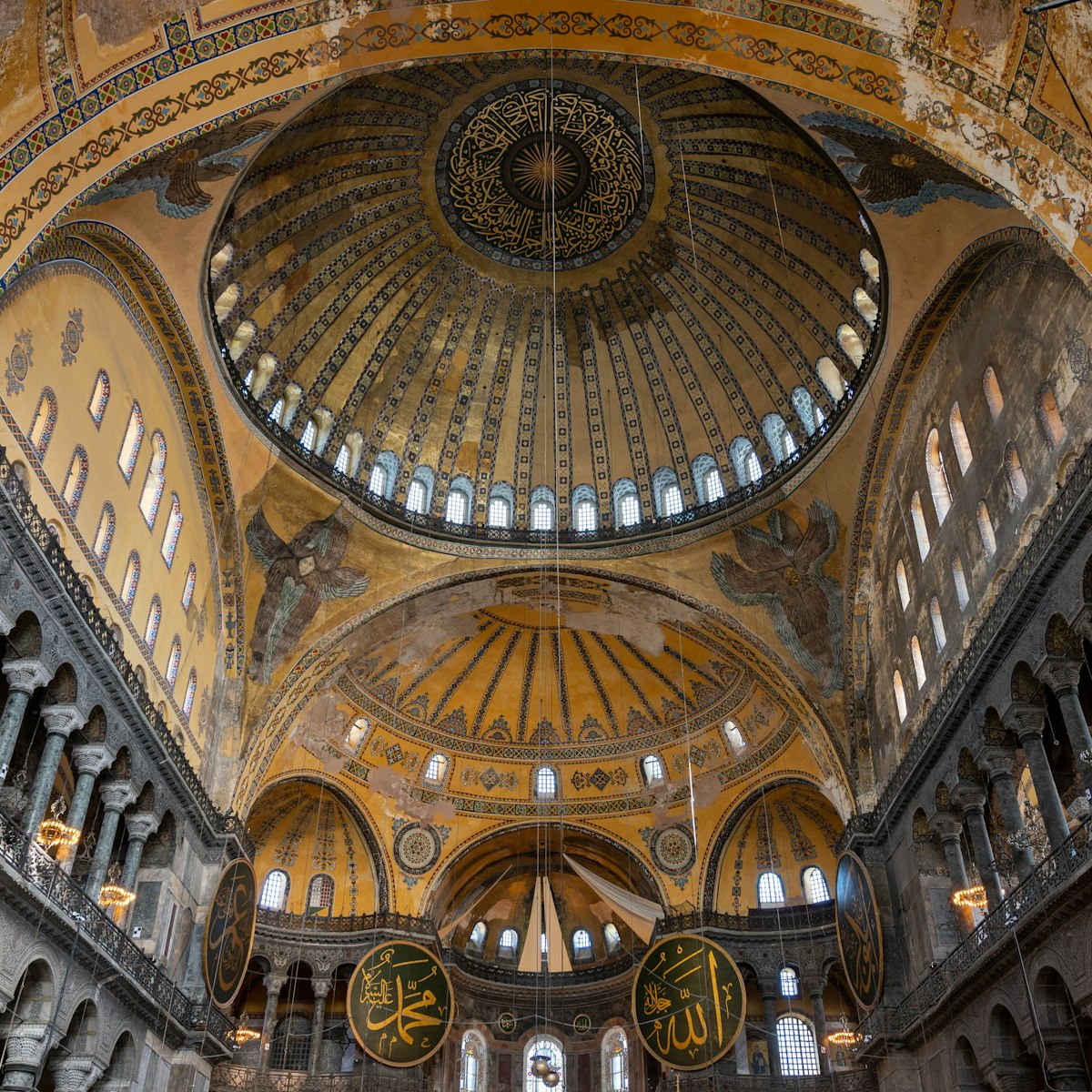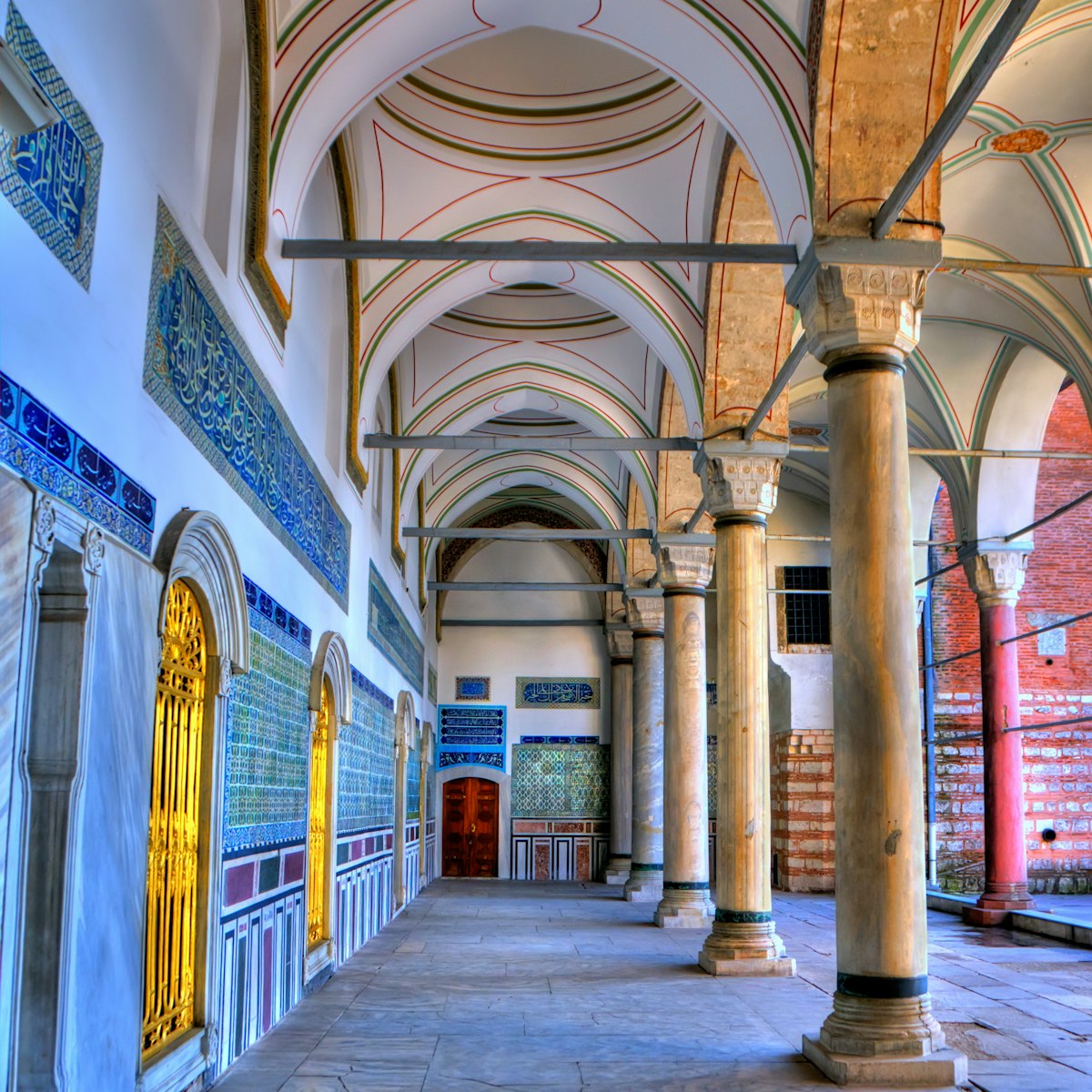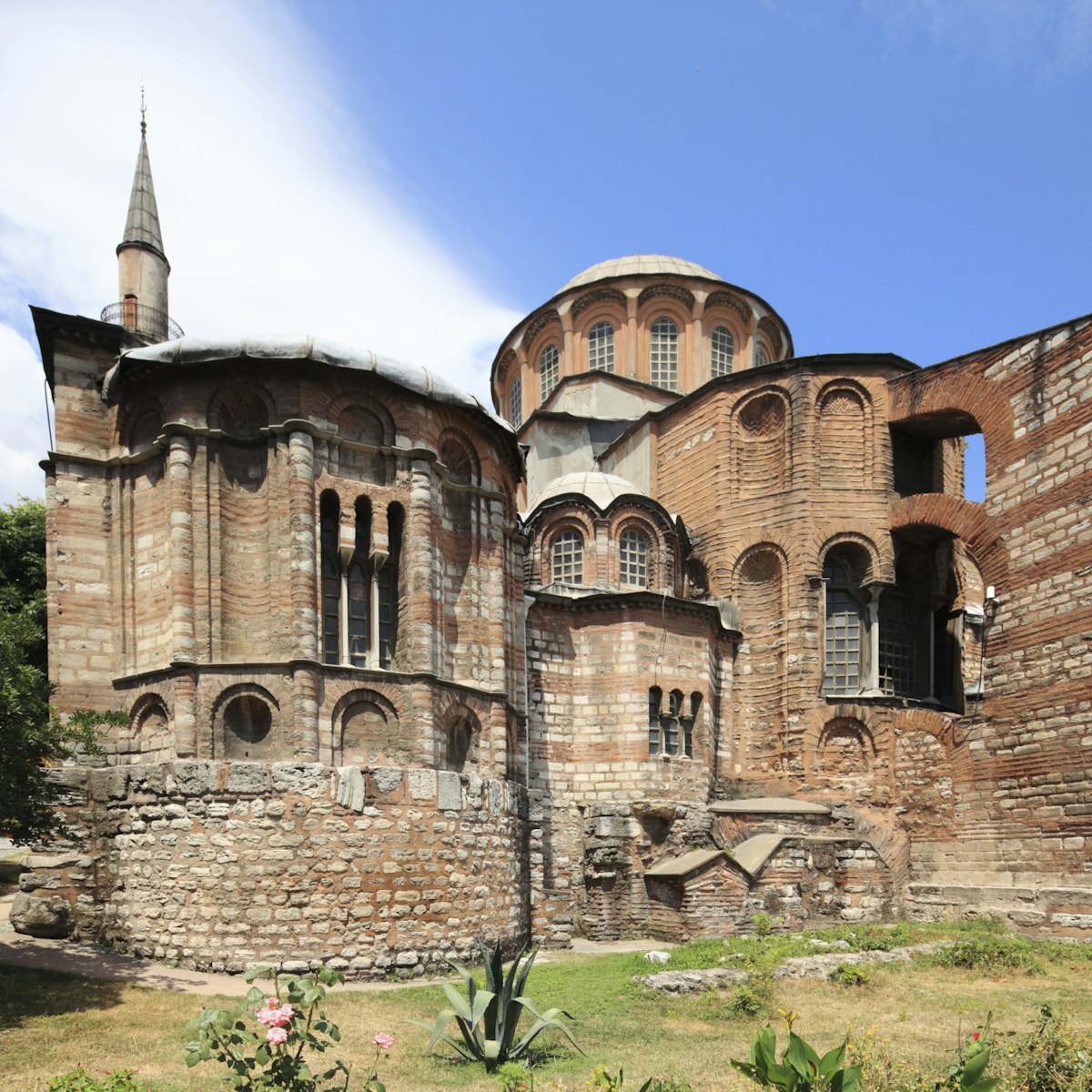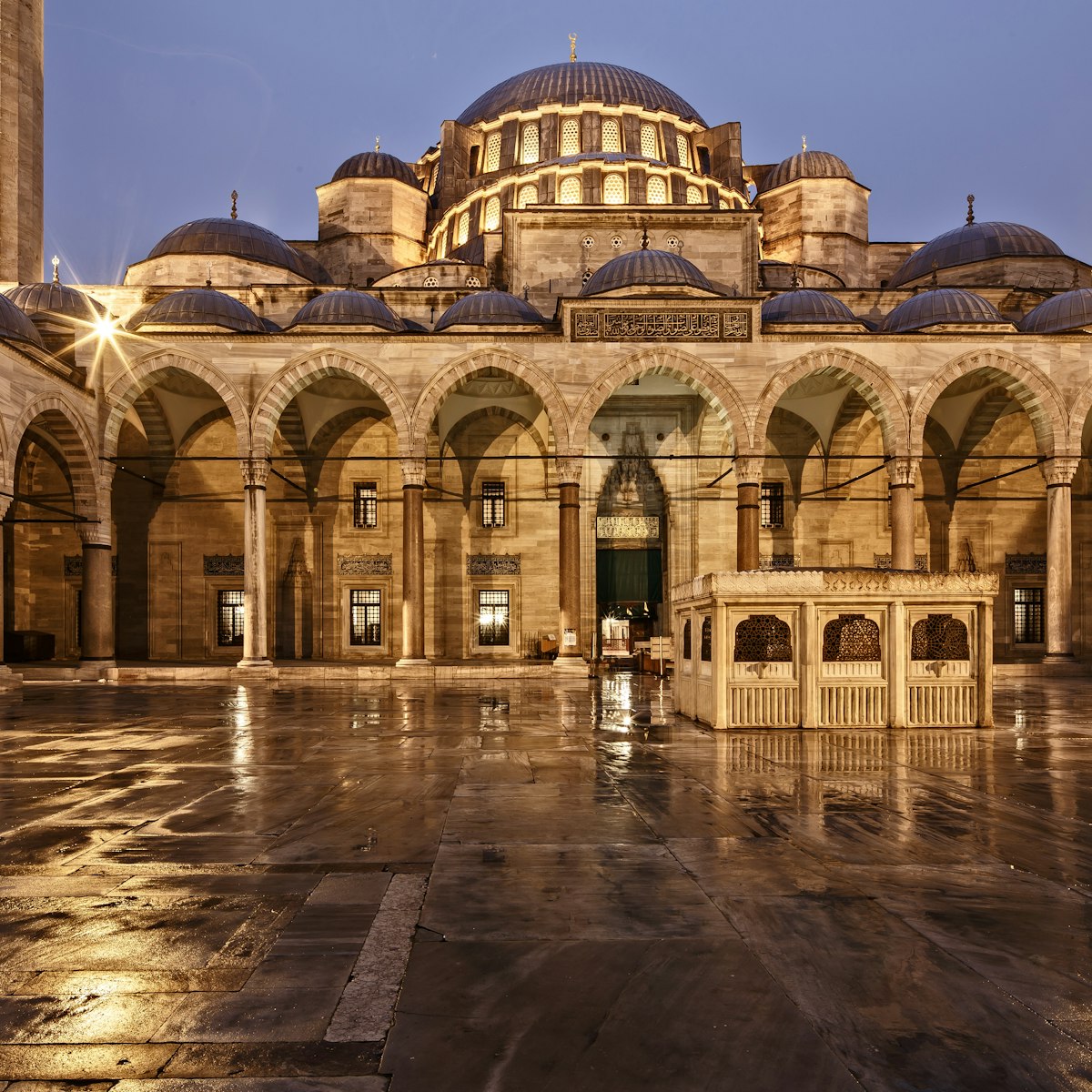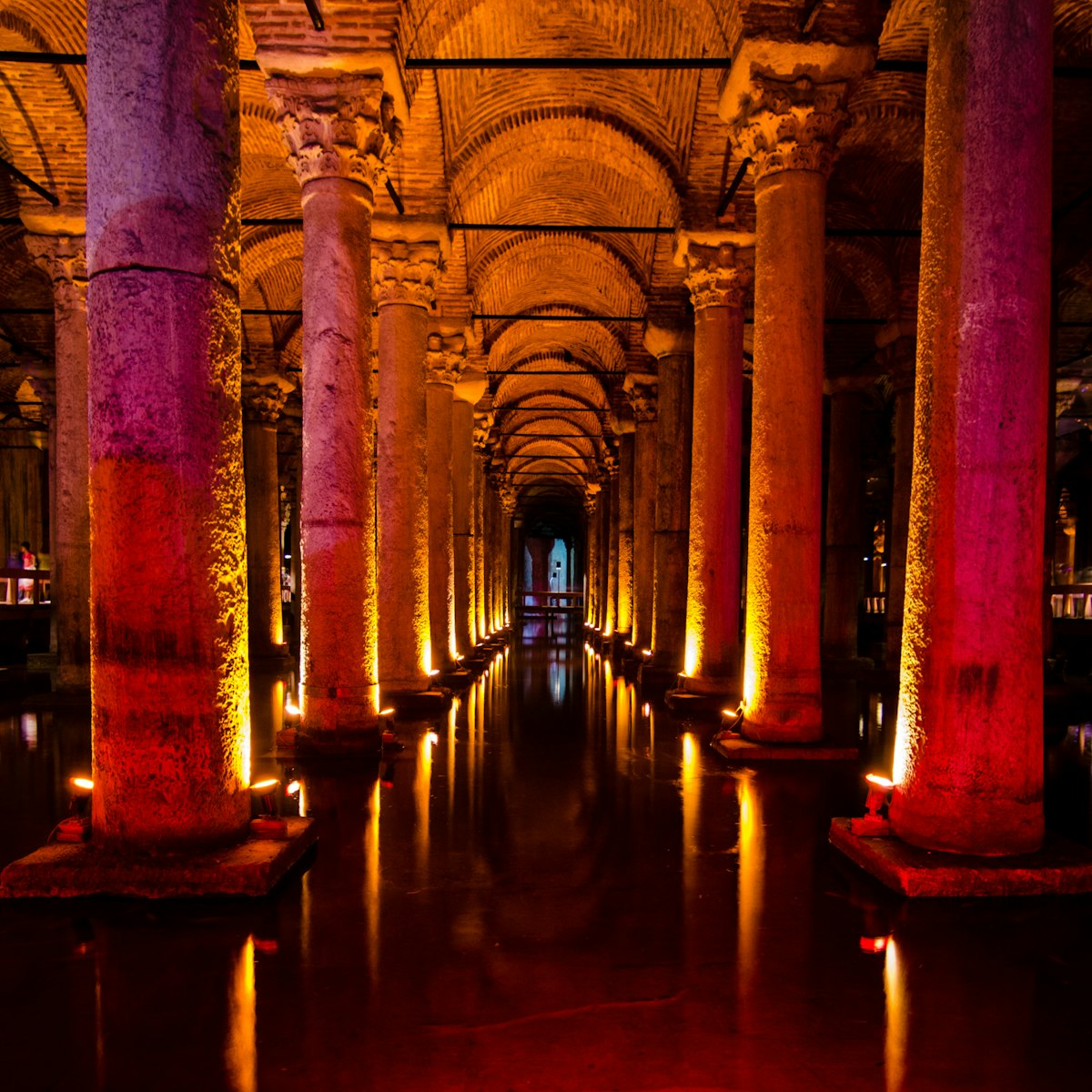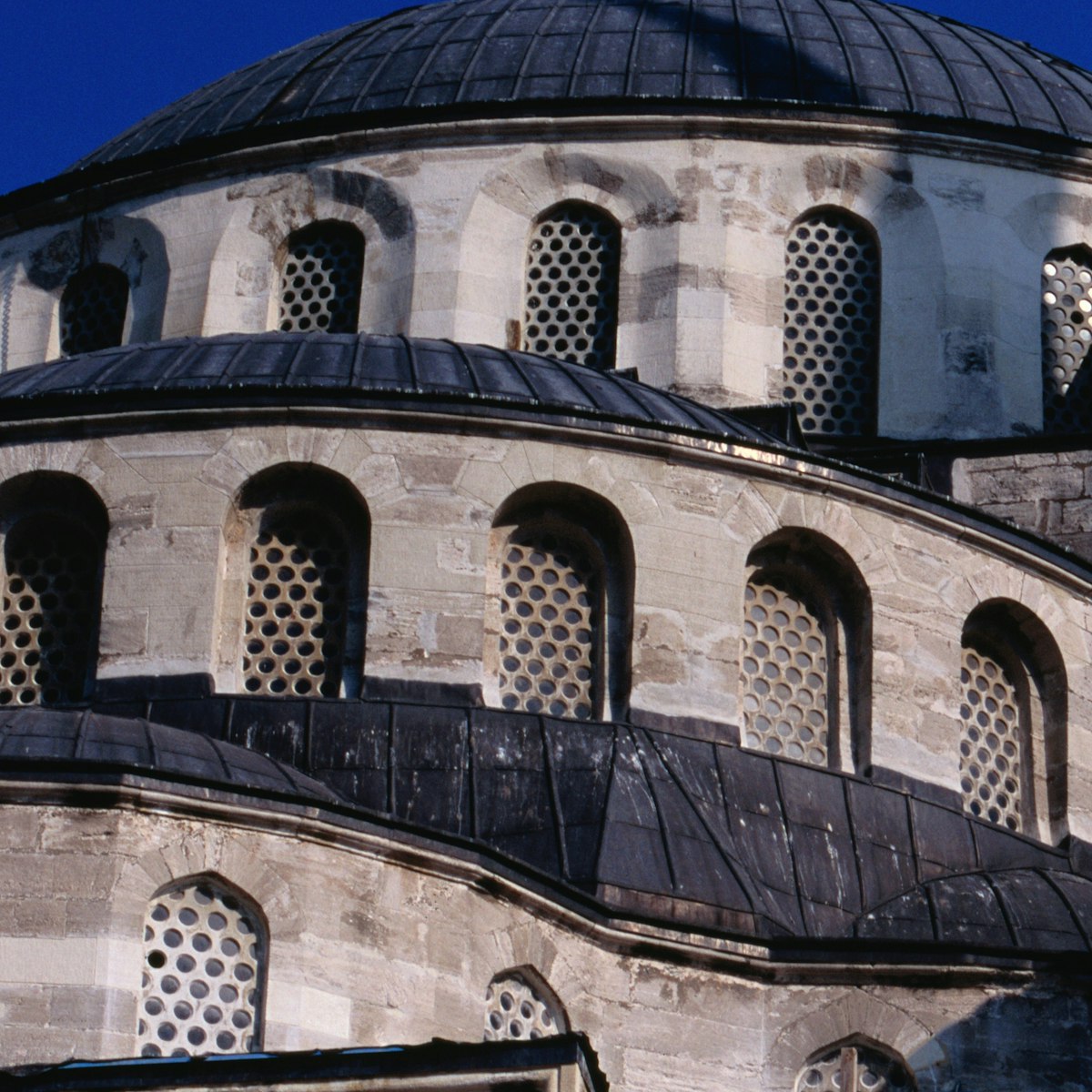This Ottoman palace was built in 1524 for İbrahim Paşa, childhood friend, brother-in-law and grand vizier of Süleyman the Magnificent. It now houses a splendid collection of artefacts, including exquisite calligraphy and one of the world's most impressive antique carpet collections. Some large-scale carpets have been moved from the upper rooms to the Carpet Museum, but the collection remains a knockout with its palace carpets, prayer rugs and glittering artefacts such as a 17th-century Ottoman incense burner.
Born in Greece, İbrahim Paşa was captured in that country as a child and sold as a slave into the imperial household in İstanbul. He worked as a page in Topkapı Palace, where he became friendly with Süleyman, who was the same age. When his friend became sultan, İbrahim was made in turn chief falconer, chief of the royal bedchamber and grand vizier. This palace was bestowed on him by Süleyman the year before he was given the hand of Süleyman’s sister, Hadice, in marriage. Alas, the fairy tale was not to last for poor İbrahim. His wealth, power and influence on the monarch became so great that others wishing to influence the sultan became envious, chief among them Süleyman’s powerful wife, Haseki Hürrem Sultan (Roxelana). After a rival accused İbrahim of disloyalty, Roxelana convinced her husband that İbrahim was a threat and Süleyman had him strangled in 1536.
Artefacts in the museum’s collection date from the 8th to the 19th century and come from across the Middle East. They include müknames (scrolls outlining an imperial decree) featuring the sultan’s tuğra (calligraphic signature); Iranian book binding from the Safavid period (1501–1722); 12th- and 13th-century wooden columns and doors from Damascus and Cizre; Holbein, Lotto, Konya, Uşhak, Iran and Caucasia carpets; and even a cutting of the Prophet's beard. Sections of the Hippodrome walls can be seen near the entrance.
